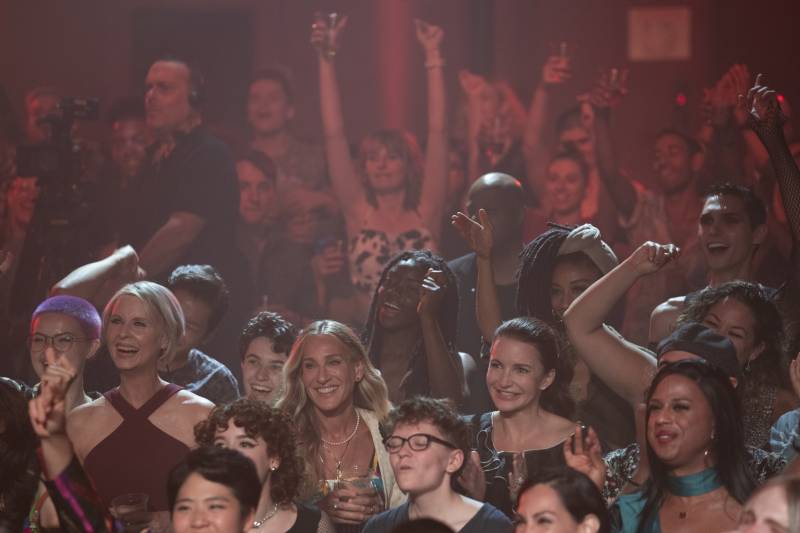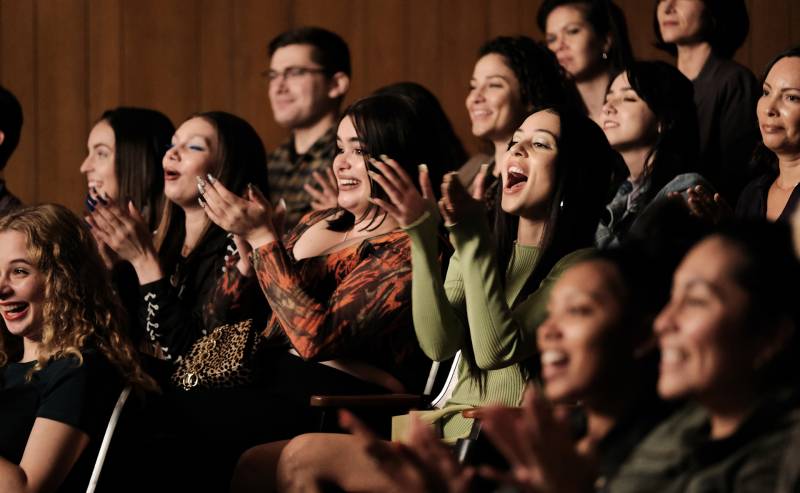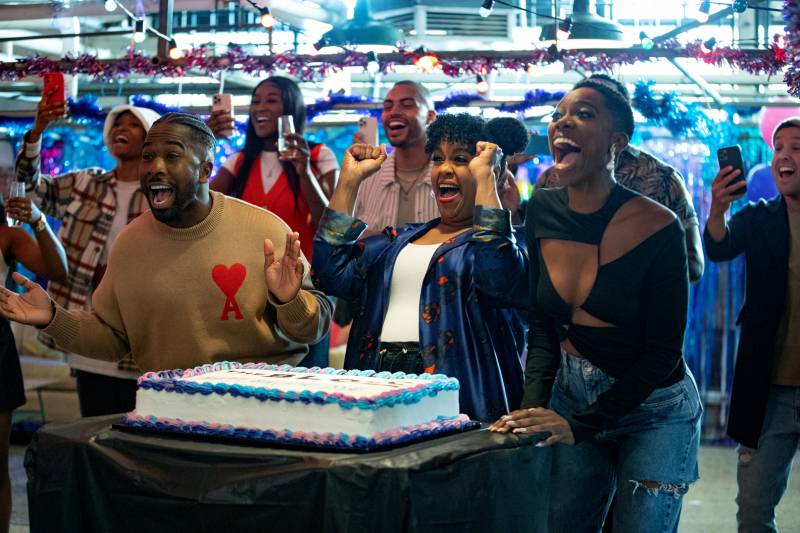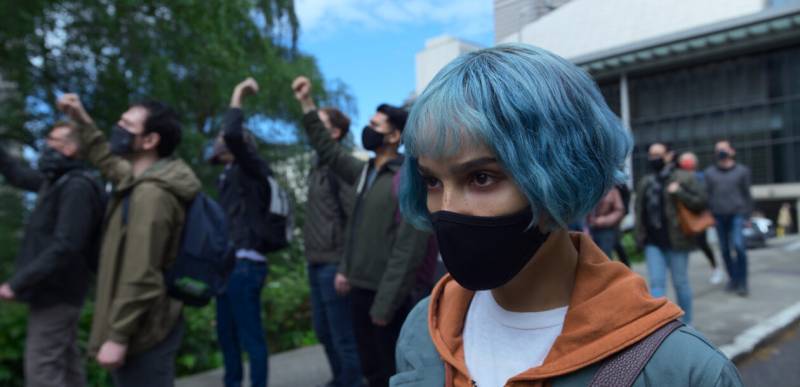Before being slapped at the Oscars, Chris Rock joked about the unmasked celebrity crowd “just breathing raw dog tonight.” The lead-up to the ceremony was marked by dodgy COVID policies.
So perhaps it should come as no surprise that there was nary a pandemic mention in the nominated works. Two years in, and the film industry is still ignoring the coronavirus.
TV is no better. Early on, a few shows made half-hearted attempts to incorporate the once-in-a-generation pandemic into their storylines: The Resident, 9-1-1 and Brooklyn Nine-Nine all paid COVID lip service before all the masks disappeared. It’s Always Sunny in Philadelphia gave it two episodes, while And Just Like That…’s infamous first episode alluded to the pandemic in the past tense.

One could blame the long production schedule of film and television. Although lockdowns still produced new music (two Taylor Swift albums, a social distancing anthem from E-40 and a pro-vaxx redux of Juvenile’s “Back that Azz Up”), visual media requires more active participants and long-term planning. Sure, there are exceptions, but one doesn’t expect a long production like Bob’s Burgers to be as up-to-date as an episode of South Park (made in seven days).




